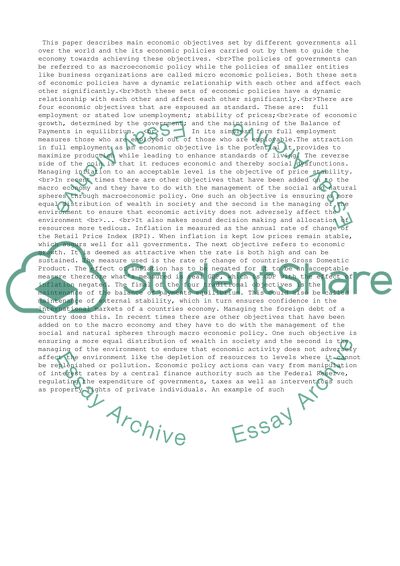Cite this document
(“Government economic policy Essay Example | Topics and Well Written Essays - 2000 words”, n.d.)
Retrieved de https://studentshare.org/business/1391497-government-economic-policy
Retrieved de https://studentshare.org/business/1391497-government-economic-policy
(Government Economic Policy Essay Example | Topics and Well Written Essays - 2000 Words)
https://studentshare.org/business/1391497-government-economic-policy.
https://studentshare.org/business/1391497-government-economic-policy.
“Government Economic Policy Essay Example | Topics and Well Written Essays - 2000 Words”, n.d. https://studentshare.org/business/1391497-government-economic-policy.


